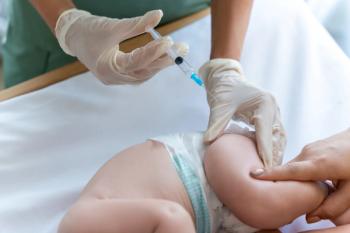
New forecasting system more accurately predicts flu activity
Using data from various non-traditional resources, a team of epidemiologists from Boston Children’s Hospital has developed a system to predict flu-like activity up to three weeks in advance.
Using data from various non-traditional resources, a team of epidemiologists from Boston Children’s Hospital has developed a system to predict flu-like activity up to three weeks in advance.
The team’s findings were
The HealthMap FluCast combines search data from Goggle, Twitter, clinical data from Athena Health, and crowd-sourced data from Flu Near You to predict flu activity.
“Our results show that our real-time ensemble predictions outperform every real-time flu predictor constructed independently with each data source,” senior author John Brownstein and his colleagues wrote. “This fact suggests that combining information from multiple independent flu predictors is advantageous over simply choosing the best performing predictor. This is the case not only for real-time predictions but also for the one, two, and three week forecasts presented.”
The study authors said the information gathered from Google and Twitter provide a fuller picture than solely relying on traditional forecasting sources.
“Our findings suggest that the information from multiple data sources such as Google searches, Twitter microblogs, nearly real-time hospital visit records, and data from a participatory surveillance system, complement one another and produce the most accurate and robust set of flu predictions when combined optimally,” they wrote.
The epidemiologists believe their forecasting method can also be used for forecasting levels of other infectious diseases such as malaria.
“Approaches like ours may help produce more accurate and robust disease incidence estimates, at higher spatial resolutions, by drawing data from multiple sources,” the study authors wrote.
Newsletter
Pharmacy practice is always changing. Stay ahead of the curve with the Drug Topics newsletter and get the latest drug information, industry trends, and patient care tips.











































































































































































































